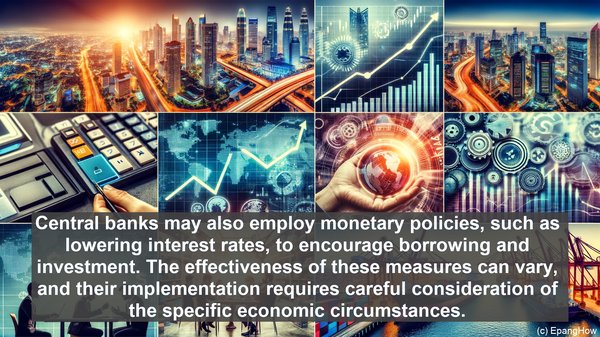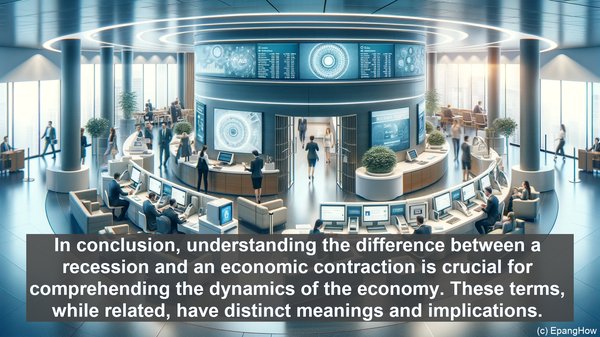Introduction: The Economic Landscape
Hello everyone, and welcome to our article. Today, we delve into the world of economics, exploring the difference between a recession and an economic contraction. While these terms are often used interchangeably, they have distinct characteristics. By the end of this article, you’ll have a clear understanding of their meanings and how they impact the economy.

Defining a Recession
A recession is a significant decline in economic activity, typically lasting for several months. It is characterized by a contraction in the gross domestic product (GDP), a measure of a country’s economic output. During a recession, various economic indicators, such as employment rates, consumer spending, and business investments, experience a downturn. Recessions are often accompanied by a general sense of economic pessimism and a decline in market confidence.
Factors Influencing Recessions
Recessions can be triggered by a range of factors. One common cause is a decline in consumer demand. When people reduce their spending, businesses experience a decrease in revenue, leading to layoffs and a further decrease in consumer spending. Another factor is a decrease in investments. When businesses are uncertain about the future, they may delay or cancel planned investments, which can have a ripple effect throughout the economy. Additionally, external factors, such as global economic trends or natural disasters, can also contribute to a recession.
The Role of Government in a Recession
During a recession, governments often implement various measures to mitigate the impact. These can include fiscal policies, such as tax cuts or increased government spending, aimed at stimulating the economy. Central banks may also employ monetary policies, such as lowering interest rates, to encourage borrowing and investment. The effectiveness of these measures can vary, and their implementation requires careful consideration of the specific economic circumstances.
Understanding Economic Contractions
While a recession refers to a decline in economic activity, an economic contraction is a broader term encompassing any period of negative economic growth. It can include not only recessions but also periods of stagnation or mild decline. Economic contractions are measured by changes in GDP, with negative growth indicating a contraction. These periods can vary in duration and severity, with some contractions being relatively short-lived and others lasting for years.

Differentiating Contractions from Recessions
The key distinction between a recession and an economic contraction lies in their scope and duration. A recession is a specific type of economic contraction, characterized by a significant and sustained decline in economic activity. It is often marked by negative GDP growth for two consecutive quarters. In contrast, an economic contraction can refer to any period of negative growth, regardless of its duration or severity. While all recessions are economic contractions, not all contractions are recessions.
